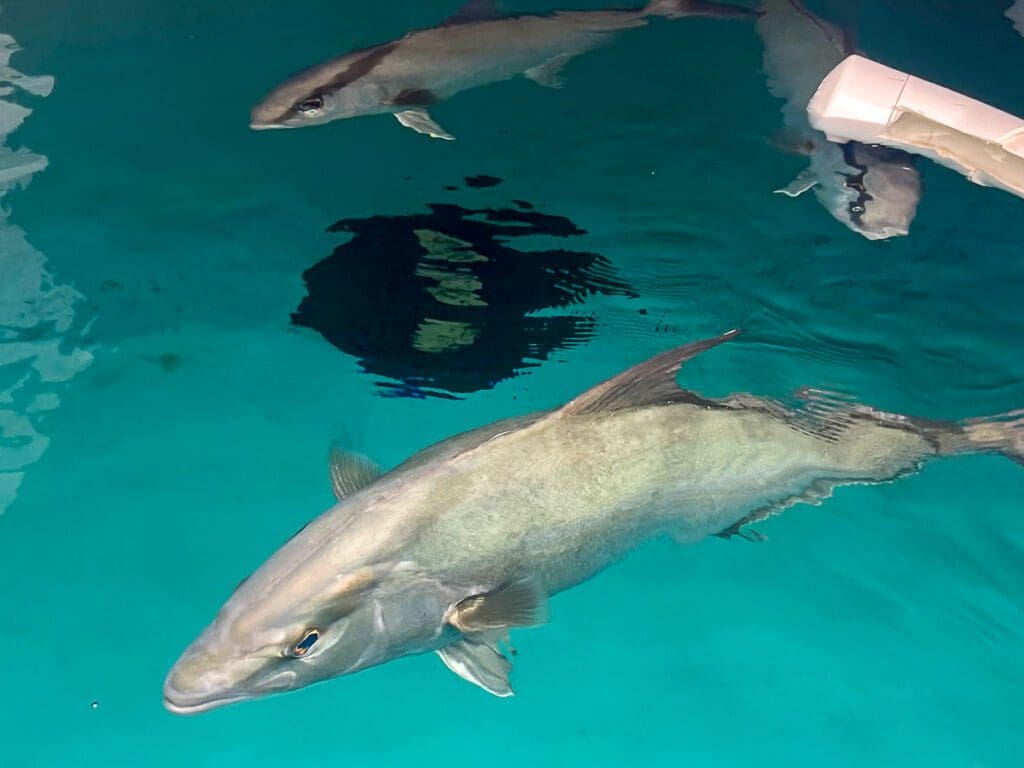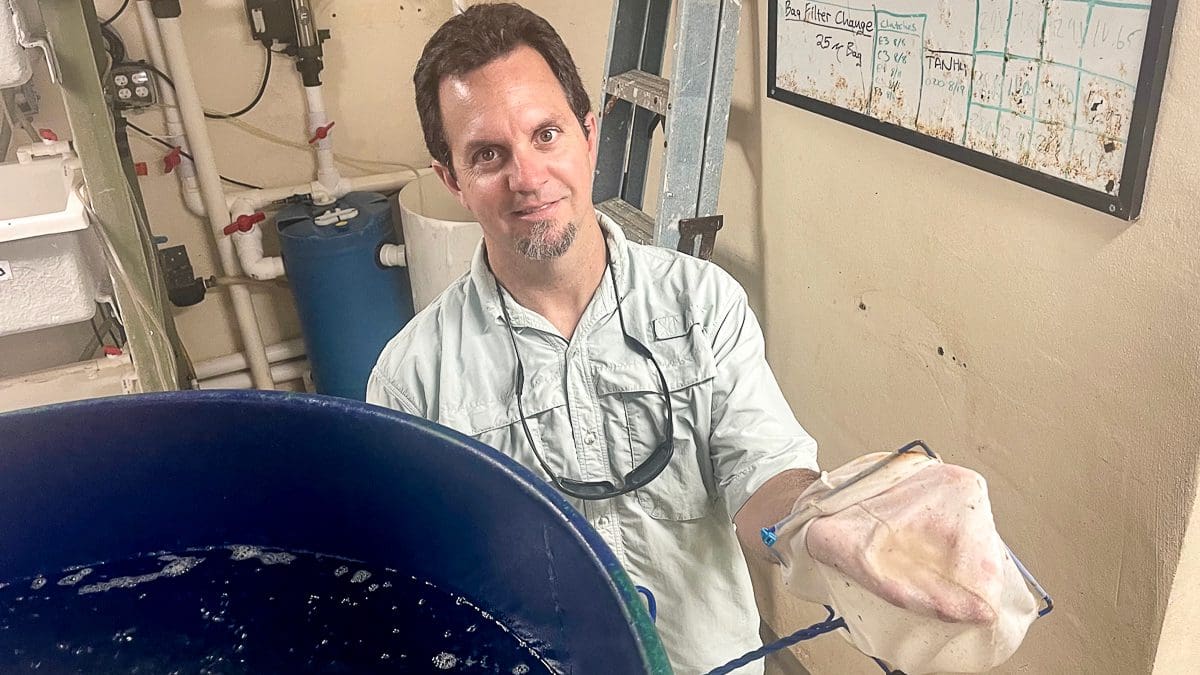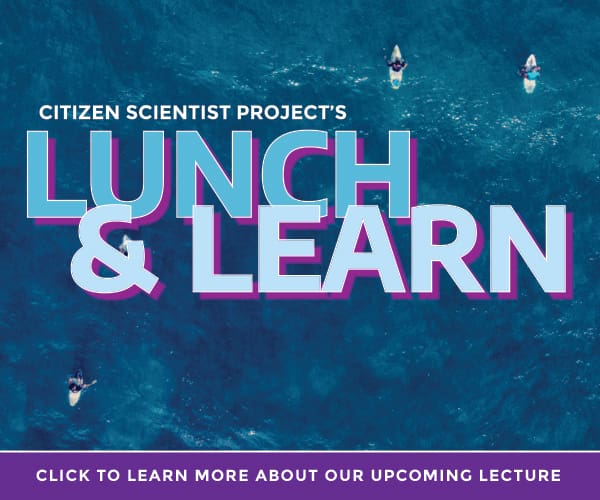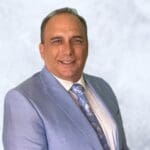Inside a Virginia Key laboratory at the University of Miami’s Rosenstiel School, Dr. John Stieglitz takes a small net and scoops out what looks like foam. Instead, it’s about 100,000 fertilized flounder eggs.
To him,it’s the future of food production.
“When it comes to aquaculture, our mission is to research and develop sustainable strategies for seafood production,” Stieglitz, an assistant professor, said.
UM’s aquaculture program at the Rosenstiel School is researching cost-efficient ways to develop techniques and technologies for marine fish hatcheries around the world so they can grow out commercial operations.
With China and South America leading the way – did anybody eat tilapia in the 1980s? – the United States has fallen behind. It now ranks 18th, according to the National Oceanic and Atmospheric Administration. The U.S. now imports 70 to 85% of its seafood, half of which is produced by foreign aquaculture.
Invest in Local News for Your Town. Your Gift is tax-deductible
“We have a seafood trade deficit over $17 billion per year,” Stieglitz said. “So if we talk about jobs, seafood security, any angle you want to look at, the U.S. is far behind.”

Aquaculture is one of the fast growing industries worldwide, he said. And there is a reason for that: overfishing that has left global fisheries stagnant or in decline.
“We’re not able to pull more protein out of the ocean,” he said. “In terms of human population, there are not only more mouths to feed, but those mouths want to consume more seafood. So where is it going to come from?
Not everyone is a fan – and Stieglitz admits some see aquaculture as controversial.
Last year, nine environment organizations and other groups sued the Army Corps of Engineers after it approved construction of offshore aquaculture structures in federal ocean waters. They say the farms would threaten marine ecosystems and put whales, salmon and sea turtles at risk
The Center for Food Safety, one of the groups suing, is steadfast in its criticism, saying industrial aquaculture results in “far-reaching environmental consequences.” It says farmed fish can escape from their containment and threaten native wild fish populations.
Daniel Spotts, owner of Miami Aqua-Culture Inc., has been in the business of supplying fish farms throughout the world for 40 years. His business is now in Boynton Beach. He said the Center for Food Safety has it backwards.
“Our biggest threat is wild animals carrying diseases. Our biggest issue is biosecurity,” he said. “Yes, some states are worried about exotic or non-native species escaping but it works both ways.”
He said the United States lags behind other countries simply because it isn’t as suited for aquaculture as other places in the world.
Stieglitz said there have been some operations that are starting up in the Midwest.
“There’s been a movement towards small scale, farm-to-table type operations,” he said. “We have a graduate who’s in Kentucky. He produces shrimp and sells them at a local farmers market.”
UM’s experimental hatchery facility is replete with large tanks full of fish: flounder, cobia, almaco jack, the latter which is sold as kanpachi on the world market. There are also long tubs of seaweed that have high market potential for a variety of uses.
He said a lot of criticism of aquaculture comes from the waste, but UM is working on creating sustainable environments where the system can eliminate nutrients flowing out of operations.
The big question, he says, is not whether it can be done – but can it be done so that fish farmers can make a living.
“We try to respond to the industry needs – how do we get this industry to grow in the U.S? How do we make it more sustainable?” Steiglitz said. “When I say sustainable, I don’t just mean from an environmental standpoint, but also economically.”
The broodstock are caught by Stieglitz and Ron Hoening, the fish hatchery manager, in the waters around Miami. Of course, both are avid fishermen.
Hoening said his children ask if he names the fish. “We aren’t too attached to them,” he chuckles.
But when you put years into caring for a fish, it’s hard not to feel some attachment. “It’s not a pet, but it’s respected, right?”
JOHN PACENTI is the executive editor of the Key Biscayne Independent. John has worked for The Associated Press, the Palm Beach Post, Daily Business Review, and WPTV-TV.



